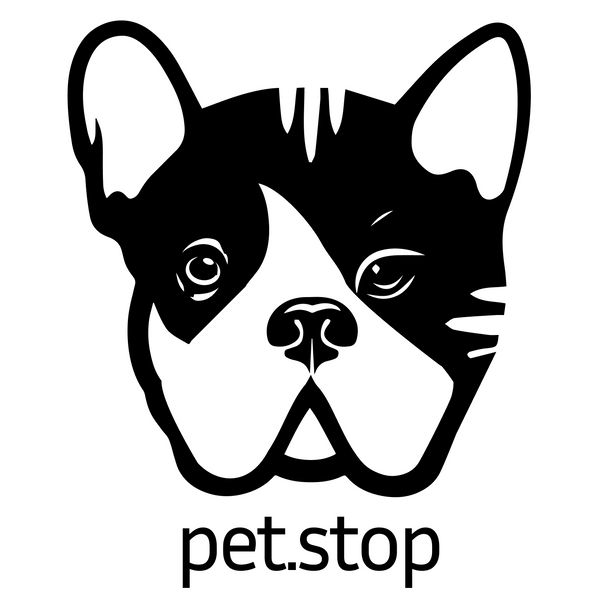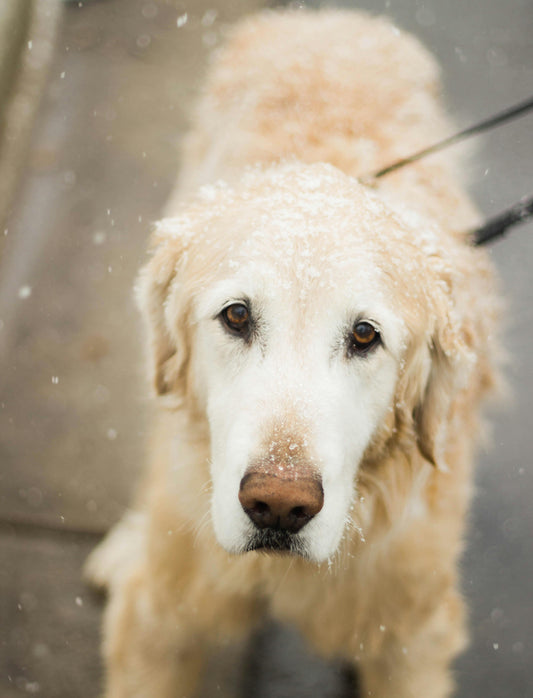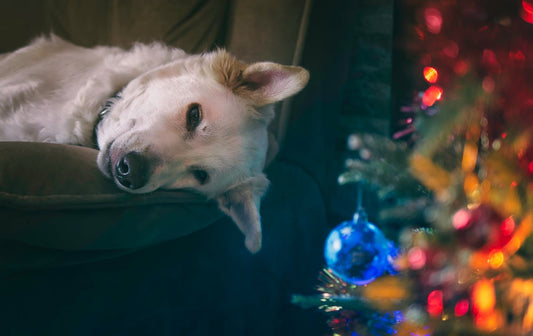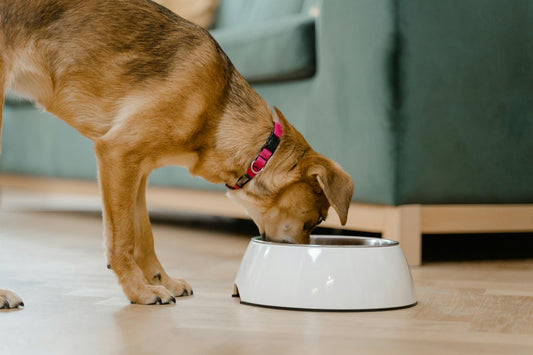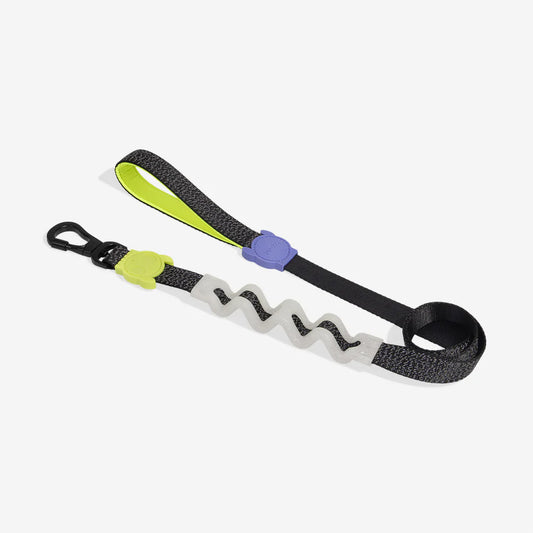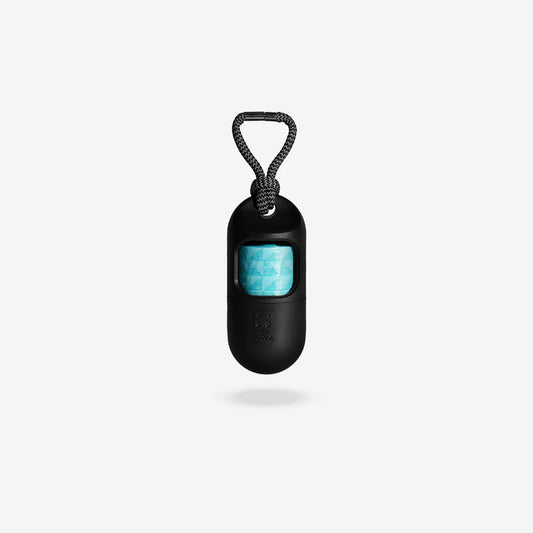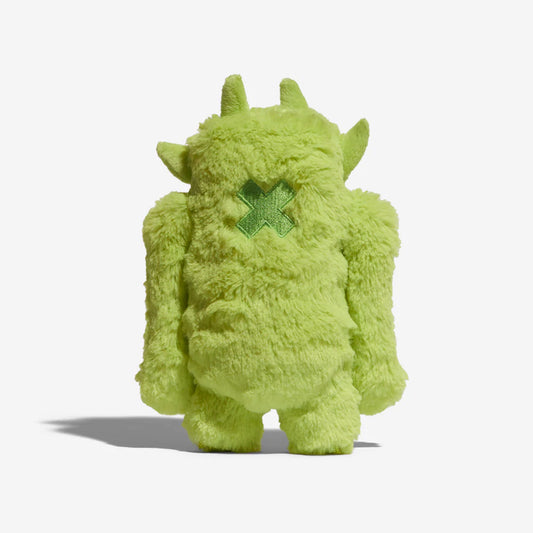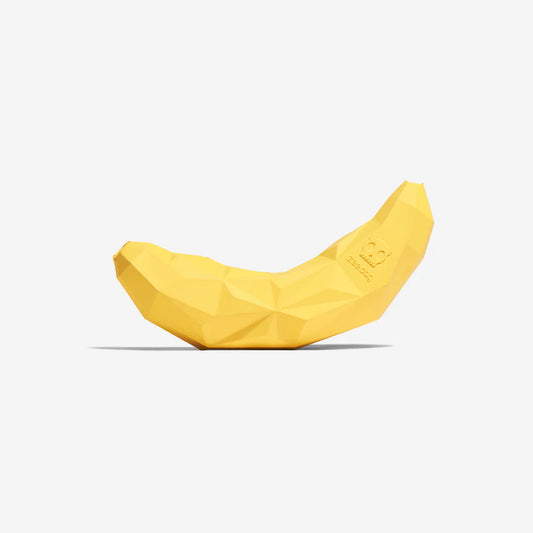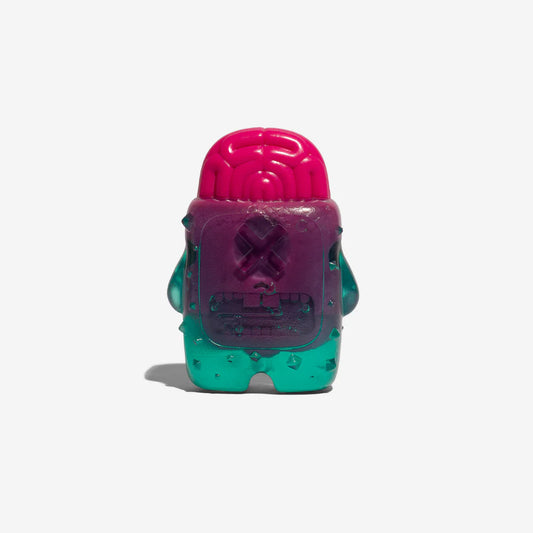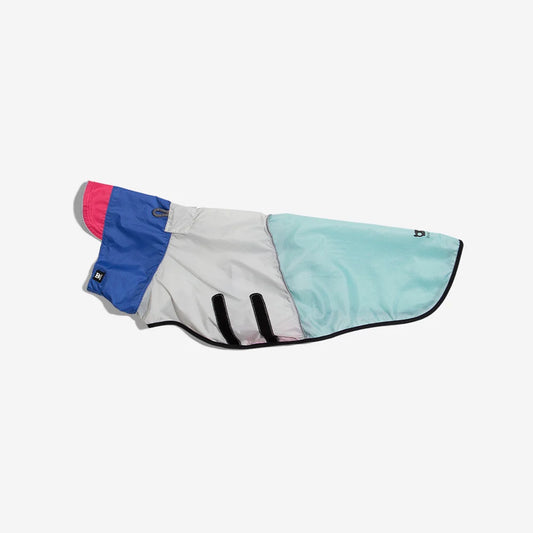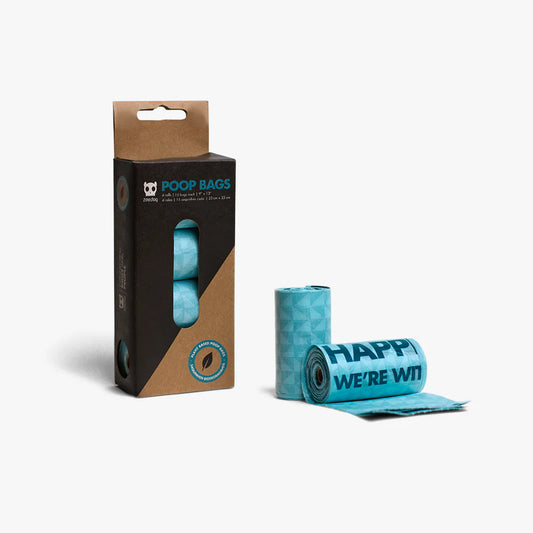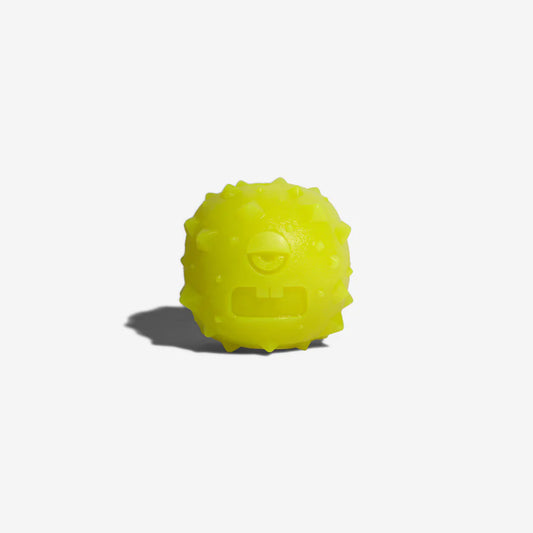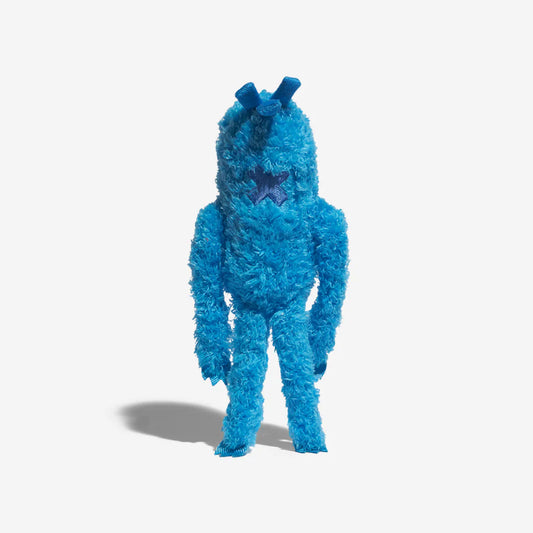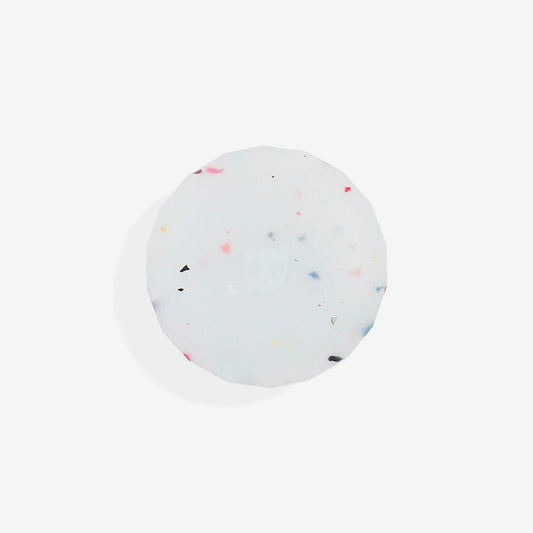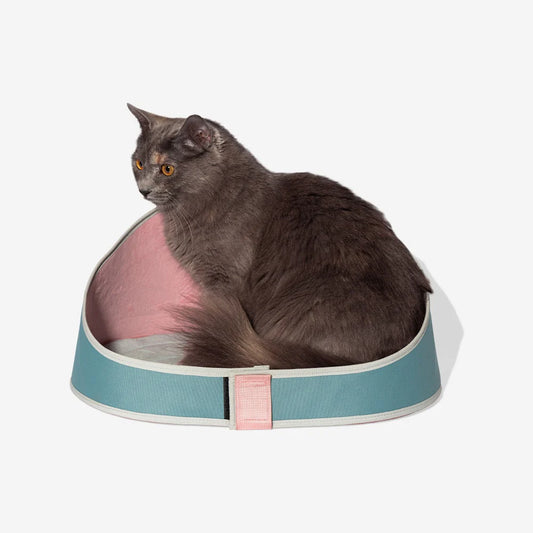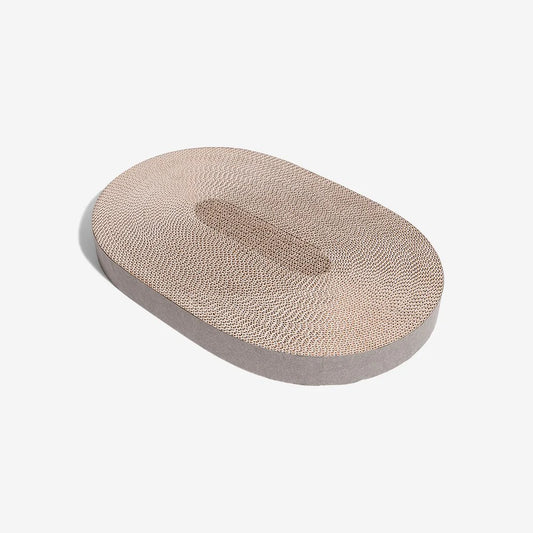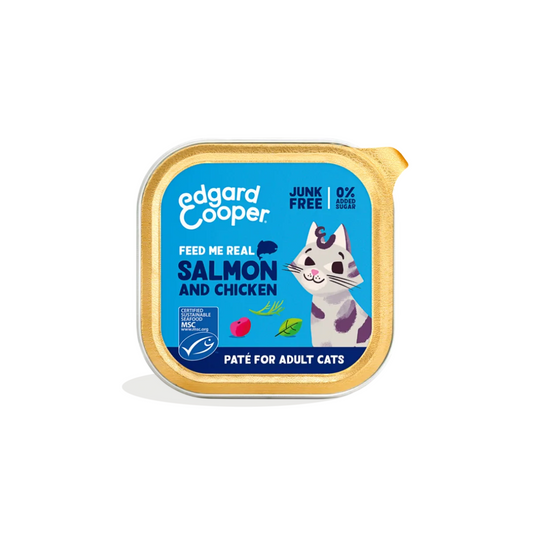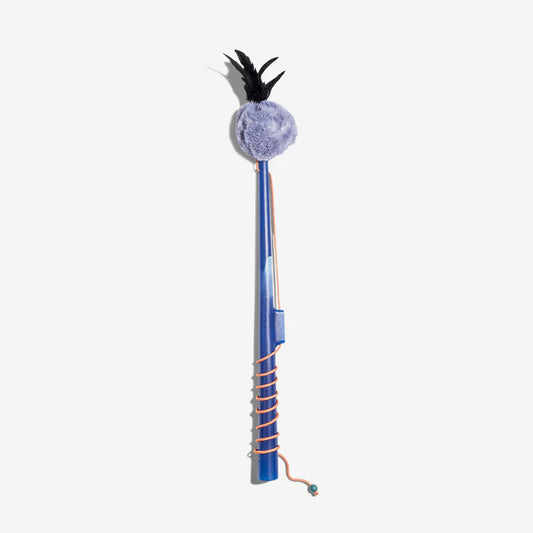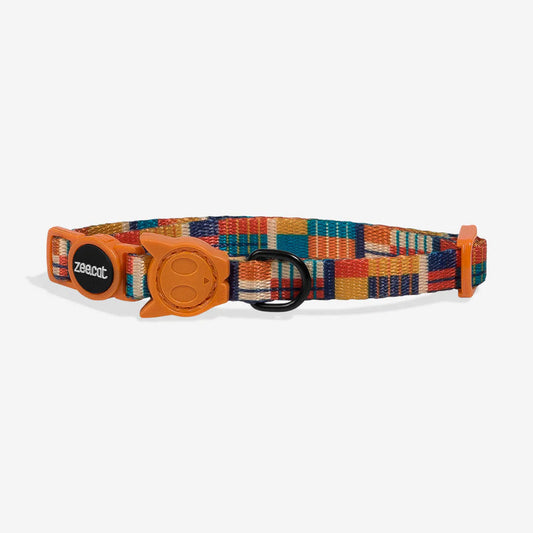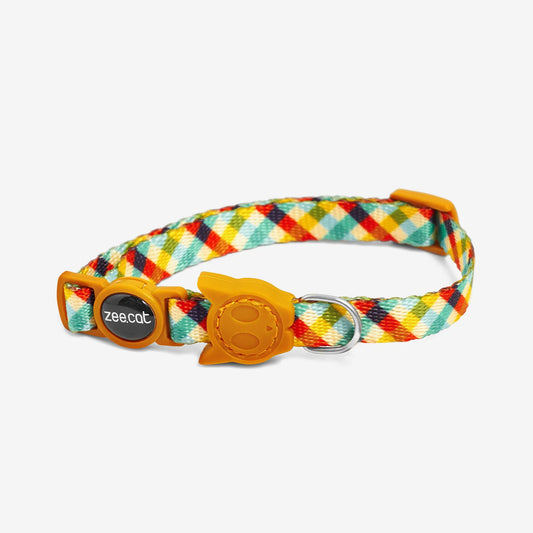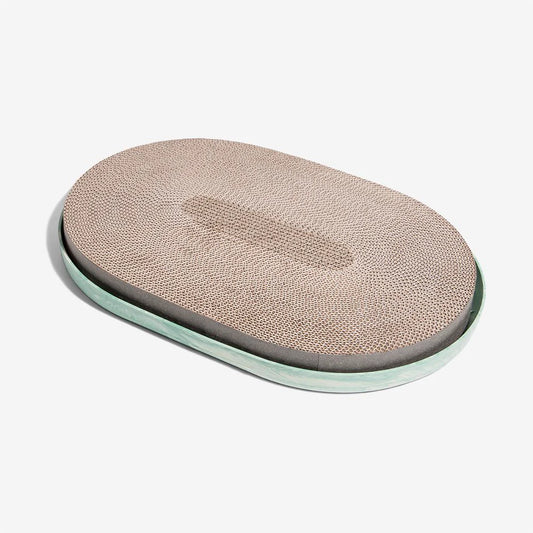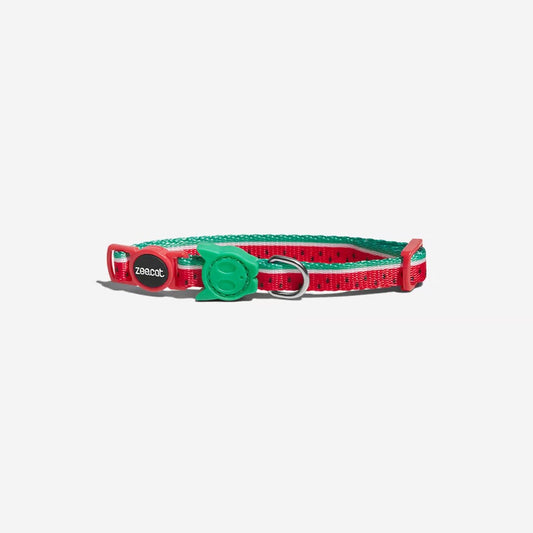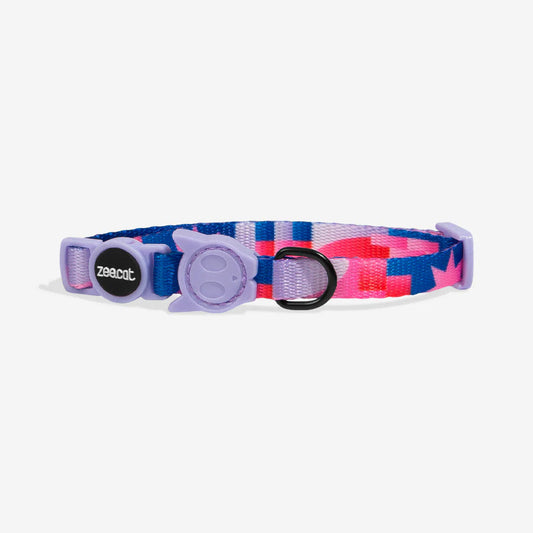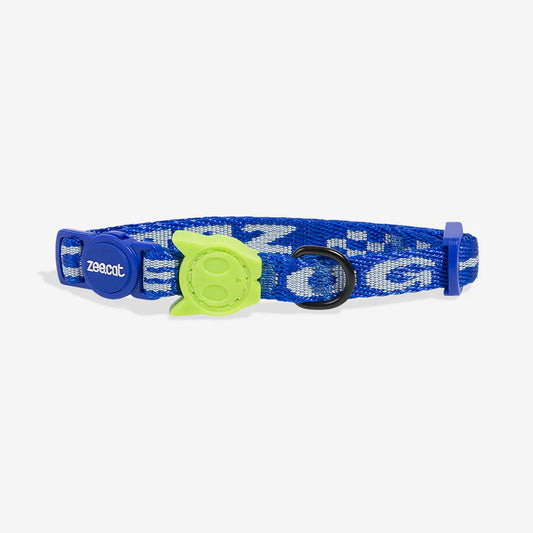Why Clean Dog Bowls Matter
Cleaning your dog's food and water bowls is not just about aesthetics; it's a crucial aspect of responsible pet care. Here are a few reasons why maintaining clean bowls is important:
1. Prevent Bacterial Growth: Dirty bowls can become breeding grounds for harmful bacteria, which can lead to digestive issues and infections in your dog.
2. Avoid Food Contamination: Residue from old food can mix with fresh food, potentially causing spoilage or an upset stomach for your pet.
3. Allergen Control: Regular cleaning can help reduce the risk of allergens accumulating in your dog's bowls.
Now, let's dive into the steps for properly cleaning your dog's bowls.
Materials You'll Need
- Mild dish soap
- A scrubbing brush or sponge
- Hot water
- Vinegar or baking soda (optional for deeper cleaning)
- Towels or paper towels
Step-by-Step Guide to Cleaning Dog Bowls
1. Gather the Bowls: Collect your dog's food and water bowls that need cleaning.
2. Remove Excess Food: If there's any leftover food in the bowls, scrape it off into the trash. Avoid flushing food down the sink as it can lead to clogs.
3. Pre-Rinse: Rinse the bowls with warm water to remove any loose particles and make the cleaning process more manageable.
4. Soak in Soapy Water: Fill a basin or sink with hot water and add a few drops of mild dish soap. Place the bowls in the soapy water and let them soak for a few minutes. This helps to loosen any stuck-on residue.
5. Scrub and Rinse: Use a scrubbing brush or sponge to clean the bowls thoroughly. Pay close attention to any crevices or textured areas where food particles might be trapped. Rinse the bowls with hot water to remove all soap residue.
6. Deep Cleaning (Optional): For periodic deep cleaning, you can use a solution of equal parts water and white vinegar or a paste made from baking soda and water. Apply the solution, let it sit for a few minutes, and then scrub the bowls before rinsing them thoroughly.
7. Dry Completely: Towel dry the bowls or allow them to air dry. It's important to ensure there's no moisture left, as lingering dampness can encourage bacterial growth.
8. Reassemble: Once your dog's bowls are completely dry, put them back in their designated feeding area.
Maintenance Tips
- Clean your dog's bowls at least once a day, especially the water bowl, to prevent algae growth and bacteria buildup.
- Use separate bowls for food and water to maintain hygiene.
- Stainless steel or ceramic bowls are easier to clean and less likely to retain odors than plastic ones.
By following these simple steps and incorporating regular cleaning into your routine, you'll provide your beloved dog with a clean and safe dining environment, ensuring their health and happiness. A little extra effort goes a long way in keeping your dog healthy. In the article we not mention directly cleaning it in a dishwasher but this is also a great option! Check our collection of bowls that are dishwasher safe here.
